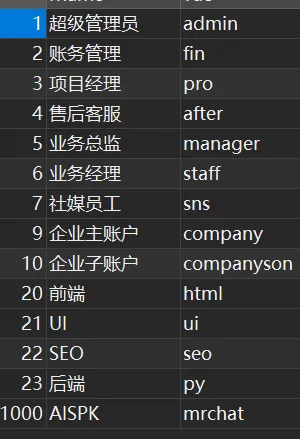
10 сар . 09, 2024 05:05 Back to list
Understanding Roof Granular Loss and Its Impact on Roofing Systems
Understanding Roof Granular Loss Causes, Effects, and Prevention
Roof granular loss is a critical aspect of roofing maintenance that often goes unnoticed until significant damage occurs. The granular surface of roofing materials, typically found on asphalt shingles, serves an essential purpose protecting the underlying layers from harmful UV rays and providing an additional layer of waterproofing. When these granules start to wear away, it can lead to various problems for homeowners and property managers alike.
Causes of Granular Loss
Several factors can contribute to roof granular loss. One of the most common causes is weather exposure. Roofs are constantly subjected to harsh elements, including intense sun, rain, hail, and wind. Over time, UV radiation can break down the bonding agents that hold granules in place, leading to increased granule shedding. Similarly, severe weather conditions like hailstorms can cause immediate damage, dislodging granules and leaving shingles vulnerable.
Another contributing factor is the quality of the roofing material. Not all shingles are created equal; cheaper materials may use lower-quality granules that wear off more quickly. Manufacturing defects can also result in premature granular loss. Regular inspections can help identify these issues, allowing for timely interventions.
Effects of Granular Loss
roof granular loss

The implications of roof granular loss can be severe. Without the protective layer of granules, the asphalt layers beneath are exposed to direct sunlight, which can accelerate deterioration and reduce the lifespan of the roof. Additionally, the loss of granules can compromise the roof's waterproofing ability, leading to leaks and structural damage. This not only incurs costly repairs but can also create a conducive environment for mold growth and other related health issues.
Moreover, granular loss affects the aesthetics of the roof. A roof that is missing granules often looks patchy and unkempt, which can be a deterrent for potential buyers if the property is on the market. Curb appeal is significant, and a well-maintained roof adds to the overall value of a home.
Prevention and Maintenance
Preventing roof granular loss involves a combination of proactive maintenance and timely repairs. Regular roof inspections are crucial. Homeowners should inspect their roofs at least twice a year, ideally in spring and fall, to identify any signs of granular loss or damage. Hiring a professional roofing contractor can ensure a thorough assessment and help address any issues before they escalate.
Additionally, proper ventilation in the attic can help regulate temperature and moisture levels, reducing the wear on roofing materials. Maintaining gutters and downspouts to ensure proper drainage is also essential, as standing water can lead to deterioration.
In conclusion, roof granular loss may seem like a minor issue, but its consequences can lead to significant problems if left unaddressed. By understanding its causes, effects, and preventative measures, homeowners can protect their investment and extend the lifespan of their roofs. Regular maintenance, vigilant inspections, and choosing quality materials can save time and money in the long run, ensuring that roofs remain sturdy against the elements for years to come.
-
Lifetime Roof Shingles – Durable Roofing Solutions for Decades
NewsJun.10,2025
-
Top Roofing Shingles Types Compare Different Types of Architectural Roofing Shingles for Your Home
NewsJun.10,2025
-
Affordable Asphalt Shingle Roll Durable & Easy Flat Roof Solution
NewsJun.09,2025
-
Metal Asphalt Look Roofing Durable Shingle-Style Options
NewsJun.09,2025
-
Premium Clay Valley Roof Tiles Durable & Eco-Friendly
NewsJun.09,2025
-
Modern Clay Pantile Roof Tiles Durable & Stylish Roofing
NewsJun.09,2025







